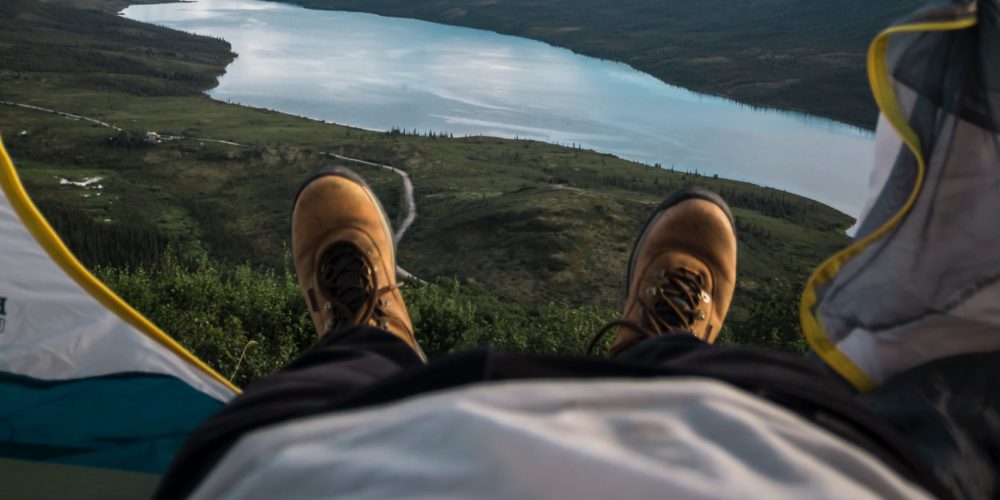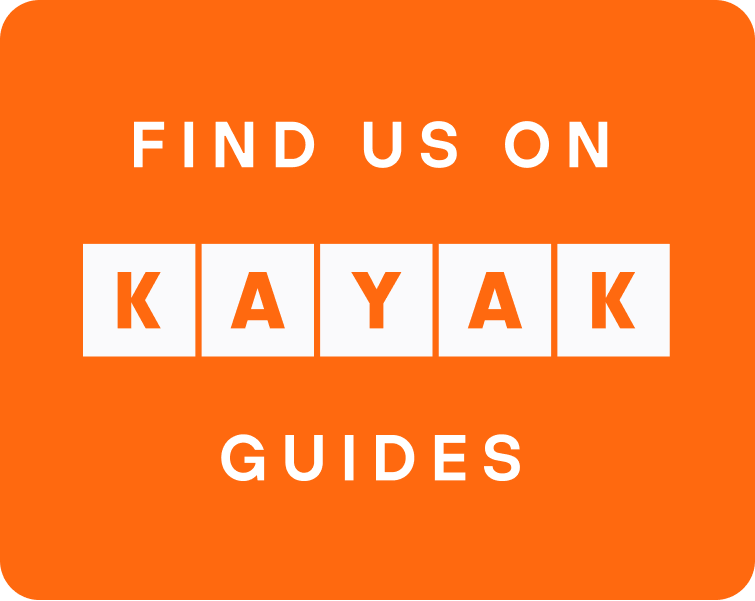By AU Guide John Benincasa
Along with items such as a camp stove, water filter, and headlamp, sleeping pads or camping mats figure prominently on any list of essential gear for any outside overnight.
Like many categories of camping gear, the concept of the sleeping pad is simple and straightforward, but various versions and variations make choosing one a bit less straightforward.
PURPOSE
A sleeping pad serves two distinct purposes. The need for a soft, comfortable surface to lay one’s head is apparent. A second, less obvious but equally important need, is insulation. The billowy loft of the sleeping bag is reduced to a compressed pancake underneath our weight and offers little or no insulation (and no cushion). Without the insulating barrier that a pad provides, the cold ground will sap the warmth from anyone, no matter how towering the mountain of down that sits above.
TYPES
Foam
The first type of camp pad was a very basic, closed-cell foam cut to size and carried like a bedroll lashed to a pack. Still favored by many, this simple pad has much going for it. Lightweight and inexpensive, this waterproof pad won’t puncture, is durable and long lasting, and does double duty as a camp lounger when propped against a rock or log. The knock on these are their relatively large size – they can’t be folded down – and the thin layer of foam isn’t always thick enough to absorb the roots and rocks of a primitive campsite.
Self Inflatable
This type of pad uses a combination of foam and air to create a thicker mat that feels like a firm air mattress. It can absorb much of the rough ground of a campsite and is an excellent heat insulator. The self inflatable aspect means that the unique valve allows it to draw in some air upon unrolling. After a couple of hearty breaths on the part of the camper, it’s ready to go. They come in various thicknesses and materials, including plush tops, which can make them very comfortable. This category offers a wide variety from thinner, bare-bones versions to thick micro-fleece-topped mats that rival a regular bed. All are more expensive than plain foam with the more-deluxe versions getting quite pricey. The knock on these is that they typically must be rolled up, making them a bit bulky. The size and weight of the thickest are more suitable for car camping than backpacking. These are also prone to puncturing if something sharp gets in the way, but included patch kits generally make for easy repairs even in the field.
Inflatable
This type of mat has become quite popular as gear becomes smaller and lighter. These pads require the user to inflate them completely and generally lack any foam inside. The result is a very lightweight pad that can gobble up rough ground and will pack down to a very small package, making them ideal for backpacking. Variations abound, with ultralight-mummy-cut versions packing down to the size of a water bottle. Others, designed for cold weather, incorporate packable insulation inside. While very comfortable, the lack of foam makes them feel a bit ‘bouncy,’ and the combination of the slick materials of the pad and sleeping bag can mean active sleepers may find themselves sliding off their pad at night, especially if the pad is narrow. Again, punctures are possible, but easily avoided, and should one occur the repair is pretty easy.
THINGS TO CONSIDER
Price. Foam pads can start at $15. Deluxe, oversized self-inflatables can go for hundreds.
Type of camping. Car camping, campgrounds, etc. may call for a pad that stresses comfort over light weight and small size. A comfortable night’s sleep that a larger and thicker pad would provide is money well spent.
Backpacking, on the other hand, necessitates a pad that is light and very packable. Inflatables really fit the bill here and provide plenty of comfort while allowing for extra room. The extra room allows for an extra luxury item to be carried into the backcountry, or a smaller pack.
MISCILLANEOUS
Along with the different types of pads and the different variations within each type, there are certain curious features that may muddy the waters when looking for the right pad.
Mummy shaped vs square. Consider how you sleep and whether you toss and turn. The small weight savings of a smaller pad may not be worth sliding off it at night.
Insulated pads. Not really necessary for three-season camping. Winter/snow camping is a different discussion.
Built-in pumps for inflatables. Kind of gimmicky. If you’re backpacking, blowing up a sleeping pad shouldn’t be a big deal unless a respiratory condition makes it difficult. 20-30 breaths will generally fill up an inflatable.
Noise. Yup, noise. Didn’t realize this was a thing until I realized it was a thing, especially if you share a tent. The combo of pad and sleeping bag materials (especially inflatables which use nylon-type material) can make quite a racket when moving about. One high-end, ultralight pad literally sounded like crumpling plastic bags every time it was touched. Could be the difference between sleeping in the tent or being unceremoniously kicked out by your mate.
Sleep systems. Some manufacturers create sleeping pad/bag combinations. Basically, a generously-shaped bag with no insulation on the bottom, but instead a sleeve to insert the pad (made by the same manufacturer, of course). The pad and bag become one, so there is no sliding off the pad, and the empty underside of the bag allows for a roomier top.
3/4 length pads. Usually foam is cut short to save weight. Don’t bother.


